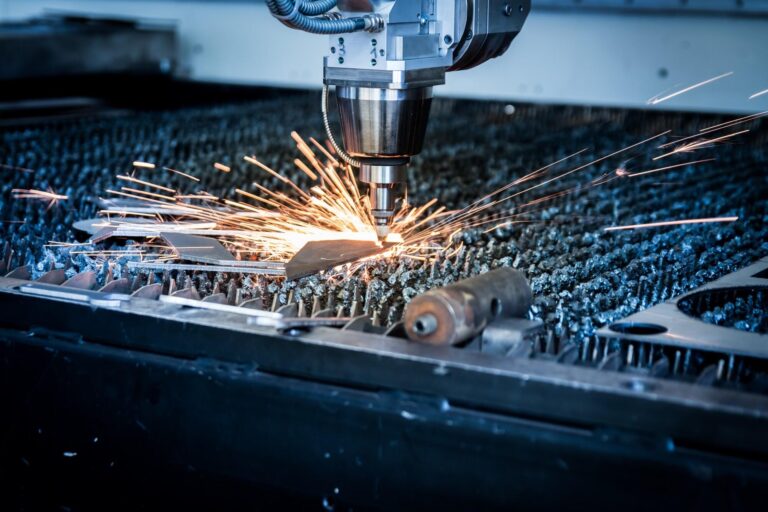5 Things To Consider Before Purchasing Used Clothes
Introduction
You might love looking for used clothing at thrift stores, consignment shops, and resale websites, whether for the adventure of the hunt or to save a little money. Additionally to saving money, purchasing used clothing helps the environment by reducing the amount of clothing thrown out.
However, you might be hesitant to buy someone else’s “leftovers,” and that’s understandable given that specific items might have extreme wear and tear. However, there are particular warning indicators you should look at before taking a used piece of apparel, and if you look around, you can probably locate what you need.
Try Before You Buy
This advice is beneficial for ladies because a garment in the same size from two different manufacturers may fit very differently. In addition, sizes used in menswear a few decades ago were different from those used today. Even if the size indicated on the tag was accurate when the previous owner purchased the jeans, years of washing might have made it tighter.
Always look at yourself from every angle in the mirror when trying on clothes at a thrift shop. You want to leave with apparel that fits you flawlessly from top to bottom or front to back. Examine your arms as well since there is a possibility that the clothes are saggy.
You might not be able to try on clothing when you buy at garage sales. Take your measurements and keep a cloth measuring tape with you to save money on clothing that won’t fit. There are several second hand clothes suppliers whom you can go to and find quality clothes.
Look For Stains And Holes
People give away both well-loved and recently purchased stuff. Make sure to scrutinise every article of clothes. Examine the garment for stains, rips, holes, loose threads, or pilling.
Some flaws can be fixed with a few stitches, but do you want to? If you are aware of the stain and its history, it may be simple to remove it. But if you buy used clothes, you won’t be mindful of those things.
It would help if you also ensured that the clothes were not exposed to formaldehyde. This could be released from various chemical valves and lead to wrinkles and stains. If you are sensitive to the chemical, it could also lead to itchy skin and rashes.
You’ll frequently find stains and rips in the crotch area of pants and the armpit area of tops, so pay close attention to these areas. Additionally, make sure the hems on everything are secure. Most of this can be examined when an item of clothing is hanging on the hanger, but take another look while you’re wearing it in the changing area.
Check Labels
There are various justifications for label-checking old clothing. The first is that you may buy stylish name-brand clothing used. Even items with the original store tags attached can occasionally be found. Try thrifting your favourite mall clothing if you want to save money.
Another good idea is to check the labels to discover what fabric the item is made of and the washing directions. Examine the tags before purchasing if you prefer not to have your apparel dry-cleaned (you should do this whenever you buy new clothes, too).
The label will also reveal whether or not an item is genuinely vintage if you’re looking for vintage things. Clothing companies rely on the fact that retro looks frequently reemerge in fashion.
Check Price
Not every thrift shop has affordable items. They often have defined rates for shirts, bottoms, dresses, and other categories of clothes. So, you might locate a used Walmart tank top for the same amount as buying it new. To be an expert at thrifting, you must be familiar with brand names and market prices.
Keep an eye out for sales as well. When businesses are getting ready to switch out their clothes inventory towards the end of a season, you can typically find reasonable prices. Half-off offers and event attire for less than $1 may be available.
Know Return Policy
Protect your investment if you don’t have time to try anything on or if you’re buying for someone who isn’t present. Inquire about the return policy from a store employee.
However, you should ensure no damage to the clothes; otherwise, the stores will not accept them. Hence, if the clothes do not fit you or are damaged, take measures to keep the clothes in their original state. This also means not exposing them to too much moisture and placing them in airtight cupboards. It is preferable if your wardrobe has a smart lock such as a BE-TECH smart lock so that no air enters the storage place.
Conclusion
Your clothes are a representation of who you are as a person since they are the first things based on which someone makes an opinion on you. Regardless of whether they are originals or second hands, you should ensure you have the right fit.
The above points should help if you choose to take the economical route and buy second-hand clothes.



